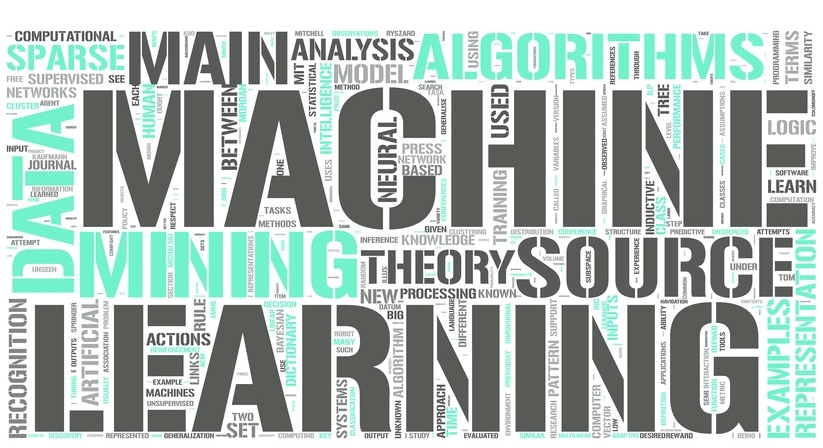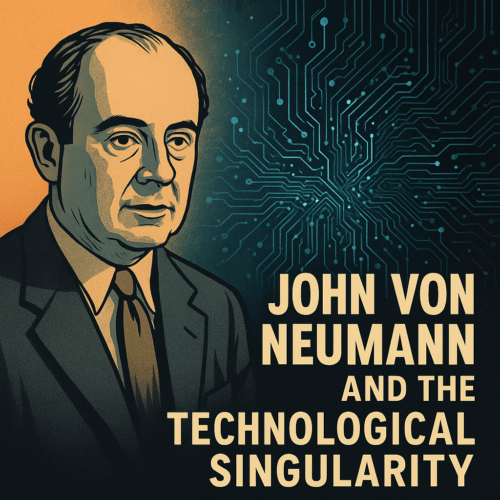Mapping The Modern Industry: The Trajectory Of Machine Learning
Daniel Faggella / Op Ed
Posted on: June 1, 2016 / Last Modified: June 1, 2016

Mapping out the technology industry of today requires understanding the trajectory of machine learning. Machine learning is a hot topic, garnering billions of dollars in investments from tech giants Google, Facebook, and Cisco with its recent 1.4 billion dollar investment into the Internet of Things; however, Machine Learning Consultant Charles Martin suggests the fascination with machine learning isn’t as abrupt as it appears.
About 10 years ago, Martin invented a machine learning SEO (search engine optimization) algorithm for eHow that achieved the first one billion dollar IPO since Google. Demand Media, which launched eHow, held a patent allowing them to predict what people wanted to search for on Google by analyzing the data of the questions that were asked.
“There’s usually one dominant one [answer] that people are looking for, but they enter it into Google in different ways and so getting search relevance correct is really hard,” Martin explained. eHow also operated with a recommender system in place, a second piece of machine learning that allowed it to determine the intent of a user’s search. “We were able to essentially reverse engineer search and figure out what exactly people were searching for. If you know what people are searching for, you can front-run it, create content for it, and run ads.”
These search engines and recommender systems have huge implications for businesses in every industry, as they enable companies to quickly increase site traffic, increase revenue, and make more accurate recommendations for customers. Tools like the search engine function by including a feedback loop that enables it to continue learning beyond what it has been programmed to learn. For example, if Google provides four answers to a question asked by a user, but the fourth site provided is never clicked, the engine will adapt so that this site will no longer be provided as a potential option.
“When you’re using a mobile device or if you’re using it from your voice like voice search, or Siri, you really don’t have the ability to enter in complex queries. So you need to be able to enter in some sort of information, it needs to learn something about what you’ve done, it needs to learn about what other people who are similar to you have done, and it needs to learn when to provide information to you that’s personalized and when to provide a variety of information so it can collect feedback for the users,” Martin said. “So this is a very complicated problem; that’s where machine learning is not statistics. You really have to deal with these feedback loops and these biases that come up.”
Martin has worked with big media companies, shopping retailers, and dating sites that all want to cash in on the 30 percent revenue increase that a good recommender system can provide. But even without an increase in revenue, machine learning enabled search engines are becoming an expectation of the online user experience.
“I would even say that the consumer experience has become so good that businesses are now trying to replicate it, either internally or for their customers,“ Martin said. “People are seeing this occur in their every-day activity, whether they’re using Siri on their phone, whether they’re using Facebook, and they’re just recognizing: ‘why can’t we do this as a company.’ ”
Recent releases of AI open-source software libraries, such as Google’s TensorFlow, make machine learning a much more accessible reality. Other software developments in Python, R, and Hadoop allow machine learning consultants like Martin to approach a client and have them enter in their data, which generates a prototype as soon as six weeks later; 10 years ago, Martin would have had to code everything from scratch. Just five years ago, Martin describes working at Aardvark, which created a natural learning processor that was then acquired by Google for $50 million, and custom coding C++ on top of Ruby on Rails.
“Now we’re seeing the development of open source machine learning tools, even simple tools, but they’re becoming more and more accessible into the enterprise so that you can build products,” Martin said. “I wouldn’t say they work end-to-end; it’s much more where software was in 1995.”
Machine learning has a long way to go before it is easily within most companies’ reach. The software that machine learning is built upon is still fairly green, making integration into companies and creating scalable products difficult. Further, the technology has not yet developed user-friendly elements that support long-term changes, roll-backs, or updates.
“The problem is that machine learning is fundamentally different in how you build systems because you’re not building from architecture,” Martin explained. “For someone like me to come in and be able to do work, the difference between it taking me three years, six months, three weeks or even an hour to do something is really the infrastructure support I have on the tooling.”
Until machine learning software becomes standardized, it will largely remain in the hands of big companies with highly-specialized talent and boutique consultancy firms, which are high-cost and low-risk.
“The world is changing, the intelligence inside a company is becoming more and more important and you have to have leadership,” Martin stated. “You have to have people in the organization that really understand this technology.”
While machine learning products are becoming staples of a modern industry, the lack of a standard software platform from which to build and the complexity of current technology has prevented any many players from rising amidst the tumult. High-touch consultants will corner the market, as the developments over the next five years attempt to establish a secondary market of consultants who can work off of a stable software platform.
“We’re going to see big changes coming, new technologies and restructuring of industries. There’s going to be a lot of disruption,” Martin projected. “We don’t know what it’s going to be.”
About the Author:
 Dan Faggella is a graduate of UPENN’s Master of Applied Positive Psychology program, as well as a national martial arts champion. His work focuses heavily on emerging technology and startup businesses (TechEmergence.com), and the pressing issues and opportunities with augmenting consciousness. His articles and interviews with philosophers / experts can be found at SentientPotential.com
Dan Faggella is a graduate of UPENN’s Master of Applied Positive Psychology program, as well as a national martial arts champion. His work focuses heavily on emerging technology and startup businesses (TechEmergence.com), and the pressing issues and opportunities with augmenting consciousness. His articles and interviews with philosophers / experts can be found at SentientPotential.com








